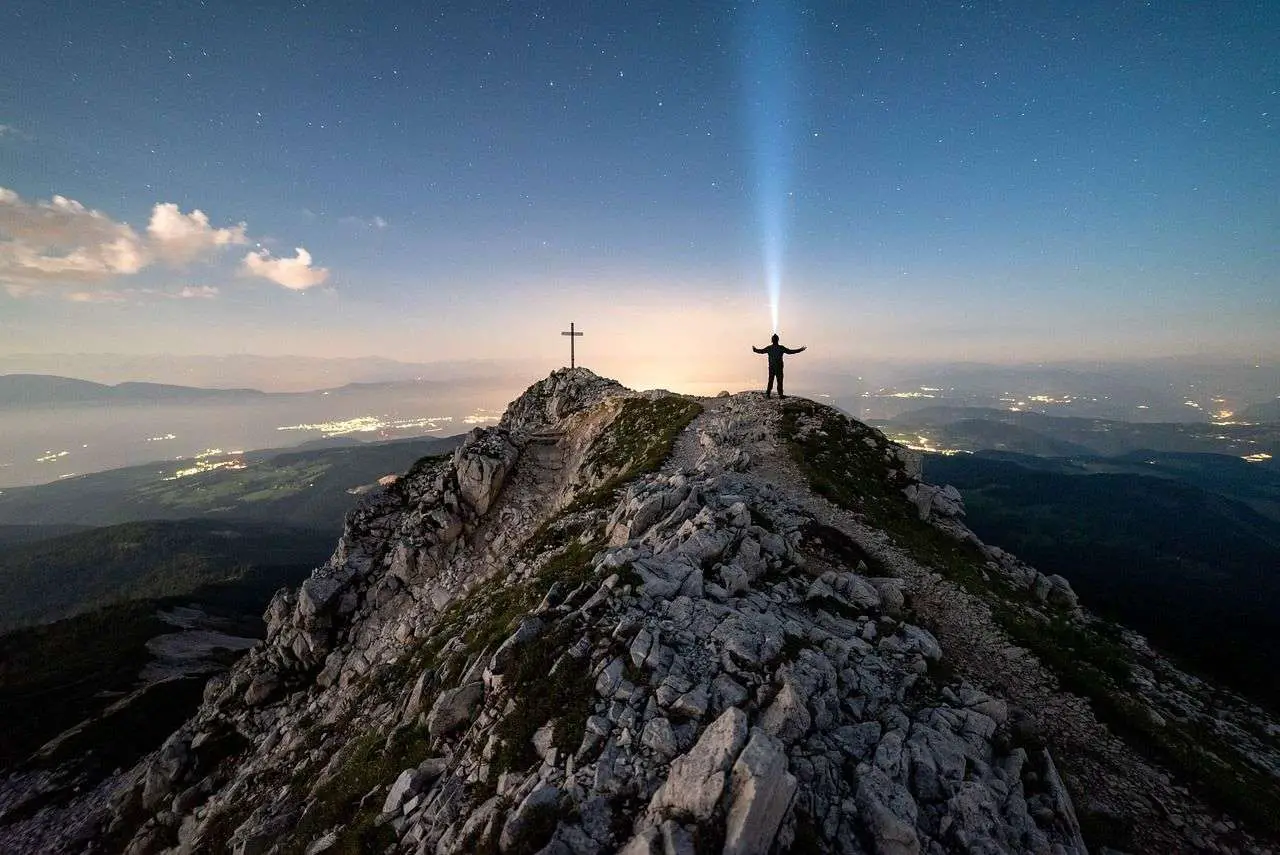Many might imagine camping as a uniform activity involving a traditional tent and a cozy sleeping bag. However, across the globe, adventurers have been breaking out of this conventional mold, embracing what is commonly referred to as camping without a tent, or tentless camping. This practice is essentially sleeping outdoors with minimal insulation or protection, venturing closer than ever to nature’s wild heart.
There are numerous reasons why outdoor enthusiasts choose tentless camping. Some yearn for a minimalist approach to their outdoor adventures, others are drawn to the challenge of surviving without the usual comforts, and some simply yearn for a closer connection to the awe-inspiring wilderness.

Benefits of Camping Without a Tent
One compelling reason adventurers choose to camp without a tent is the unparalleled connection with nature. With only the stars to blanket them, campers can truly immerse themselves in the beauty surrounding them, hearing the rivers’ whisper, the trees’ rustle, and the nocturnal symphony of the wild.
The absence of a tent means a lighter backpack. You’re freed from the weight of carrying a traditional tent, allowing for easier travel across varied terrains without being weighed down. Plus, this practice breeds flexibility and adaptability: you learn to adapt to different shelter setups and weather conditions, using what nature provides you.
Moreover, camping without a tent allows you to learn – or relearn – primitive skills that our ancestors used. You’re given the opportunity to push the edge of your comfort zone, testing your survival instincts while discovering innate abilities.
Alternative Shelter Options
When camping without a tent, there are several shelter options, each with its unique merits.
1. Tarp Setups
A versatile piece of waterproof fabric, a tarp can be configured in several ways. The A-frame setup, which mimics a traditional tent, is ideal for rainy conditions. The Lean-to setup is perfect for warm, dry nights, allowing one side to be completely open to nature. The diamond or C-Fly configuration is easily adjustable from a lean-to design but offers better wind resistance.
2. Bivouac (Bivy) Sacks
Essentially a waterproof, minimalist sleeping bag cover, bivy sacks are for those who truly want to travel light. They’re ideal for high elevations, rocky terrains, and snow-covered patches where pitching a tent might not be feasible.
3. Hammock Camping
Suspended in the air, hammocks are ideal for uneven terrains or heavily wooded areas. They offer comfort, excellent ventilation, and protection from ground-dwelling critters.
4. Natural Shelters
Naturally occurring shelters can include caves, dugout burrows, or tree wells. These might require more time and energy to find and prepare but provide unique experiences.
5. Snow Shelters
For winter campers, snow shelters such as snow caves or quinzees can conserve heat effectively, offering warm and secure lodging.

Essential Tips for Camping Without a Tent
Tentless camping requires pre-planning and advanced skills.
Choosing the Right Location: You’ll want a spot that’s high and dry. Look for natural windbreaks but avoid areas directly under trees with large, loose branches.
Weather Preparation: Check the weather forecast before your trip. Ensure your chosen shelter is appropriate for the expected conditions.
Maintaining Warmth: Proper insulation and layered clothing are crucial. A good-quality sleeping bag and pad, suitably rated for the temperatures you will experience, are key.
Minimizing Exposure to Wildlife and Bugs: Choose a spot away from stagnant water to avoid bugs. Keep food away from the sleeping area to deter wildlife.
Leave No Trace Principles: Respect nature by leaving your campsite as you found it, disposing of waste properly, and doing no harm to wildlife or plants.
Recommended Gear for Tentless Camping
While tentless camping removes some conventional trappings, you’ll require some essential gear: a tarp or bivy sack for shelter, a sleeping pad for insulation, warm and weather-appropriate clothing, insect repellent, and a headlamp or flashlight. Remember, going minimal doesn’t mean compromising on safety or comfort.
Camping without a tent is not merely an opportunity to travel light or cover more mileage. It’s a practice that pares down the superfluous and allows you to reconnect with nature in its rawest form. It encourages adaptability, reliance on intuition, and fosters a profound respect for the very roots of survival.
It offers an unforgettable journey back to the primal basics of human existence, a journey that is both transformative and liberating. Try it once, and you might find surprise in this immersive interlude with nature.

Leave a Reply
You must be logged in to post a comment.